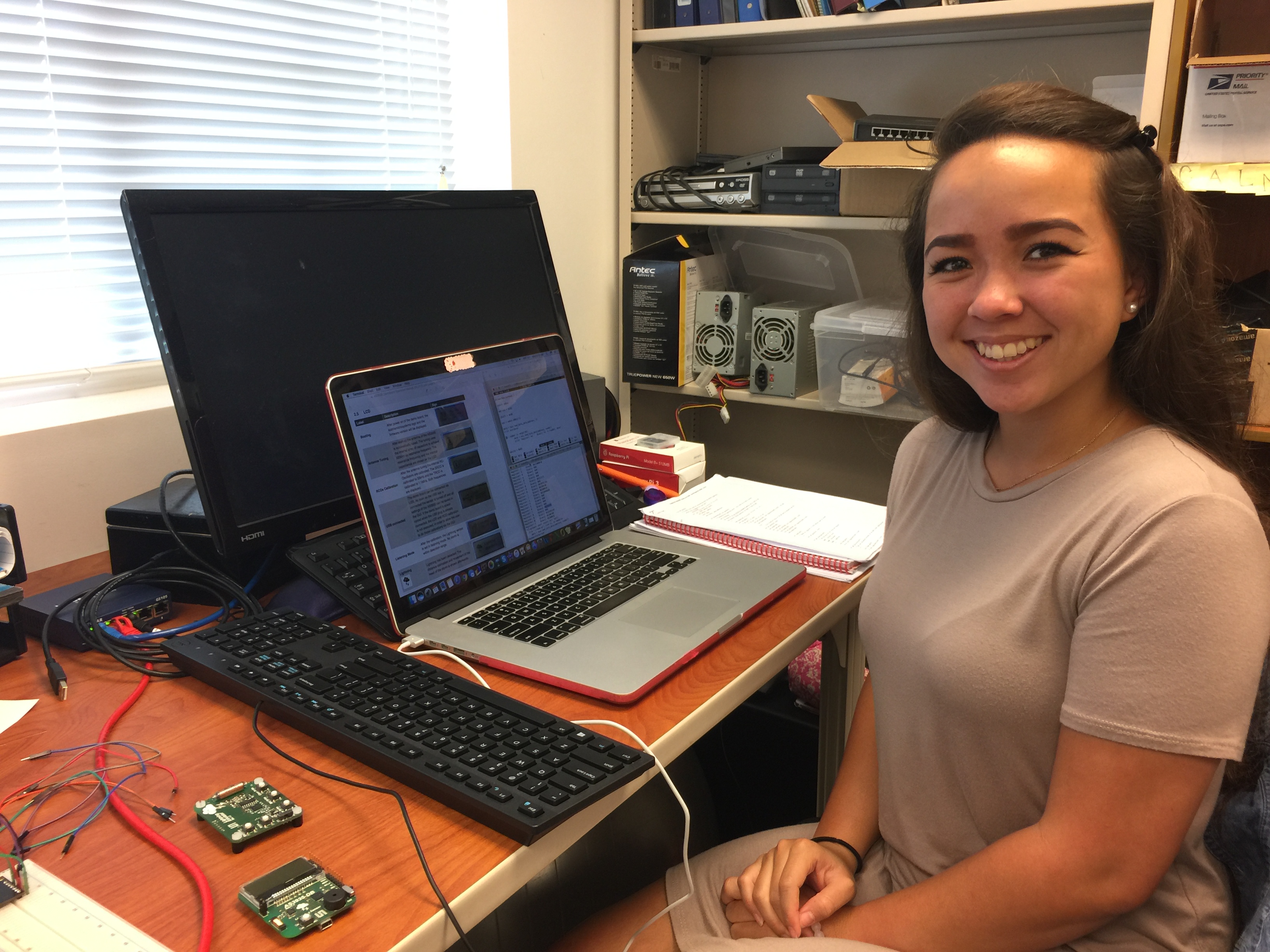
Brandi was born and raised in Kapolei, O’ahu. She graduated from Kapolei High School in 2015 and will be entering her 3rd year at Arizona State University this fall. Brandi is pursuing her Bachelor of Science in Computer Science. At the moment she is very interested in learning more about web design. She hopes after graduation to work for a big company with lots of different options to fill her many interests such as app, front-end, and back-end development. At college Brandi loves to be involved through clubs such as Rotaract (Rotary International), Women in Computer Science (WiCS), The Software Developers Association (SoDA), and the Hawaii and Pacific Islander Club (HPIC). In her free time she enjoys spending time with her friends and family, playing soccer, dancing hula, and loving animals.
Home Island: Oahu
High School: Kapolei High School
Institution when accepted: Arizona State University
Akamai Project: Integrating Lightning Detection to the Haleakala Weather System
Project Site: Institute of Astronomy, Maui
Mentors: Cindy Giebink, Dan O’Gara
A lightning detection device on the summit of Haleakala is needed due to the tremendous amount of damage lightning strikes have previously caused. However, there is currently no lightning detection device in place at the summit of Haleakala. The purpose of this project is to collect lightning strike data through the implementation of a lightning strike detection system in order to send out warnings to stakeholders of nearby lightning. This system would be integrated into the current Haleakala weather system, allowing for equipment to be disconnected and people to be brought to safety. We designed a Python program that was coupled to a lightning sensor chip, which was incorporated into a Raspberry Pi device. When the interrupts are read, the Python program writes this lightning strike data to a database. Once the data is stored in the database, the latest lightning strike data is published to the weather website, and an alert email is sent to stakeholders. The integration of displaying the lightning strike data on the Institute for Astronomy Weather page and receiving the data from the database is up and working. In 64 hours of the lightning detection device being up and running it has detected 104 strikes ranging from 5 km to 31 km away from the Institute for Astronomy Maui Maikalani Advanced Research and Technology Center. Next steps include making the lightning strike portion of the web page more visually appealing when lightning is actively taking place. With our developed lightning detection device, stakeholders at the summit of Haleakala will be able to know when lightning strikes are in close proximity in order to prevent damage to technological equipment.